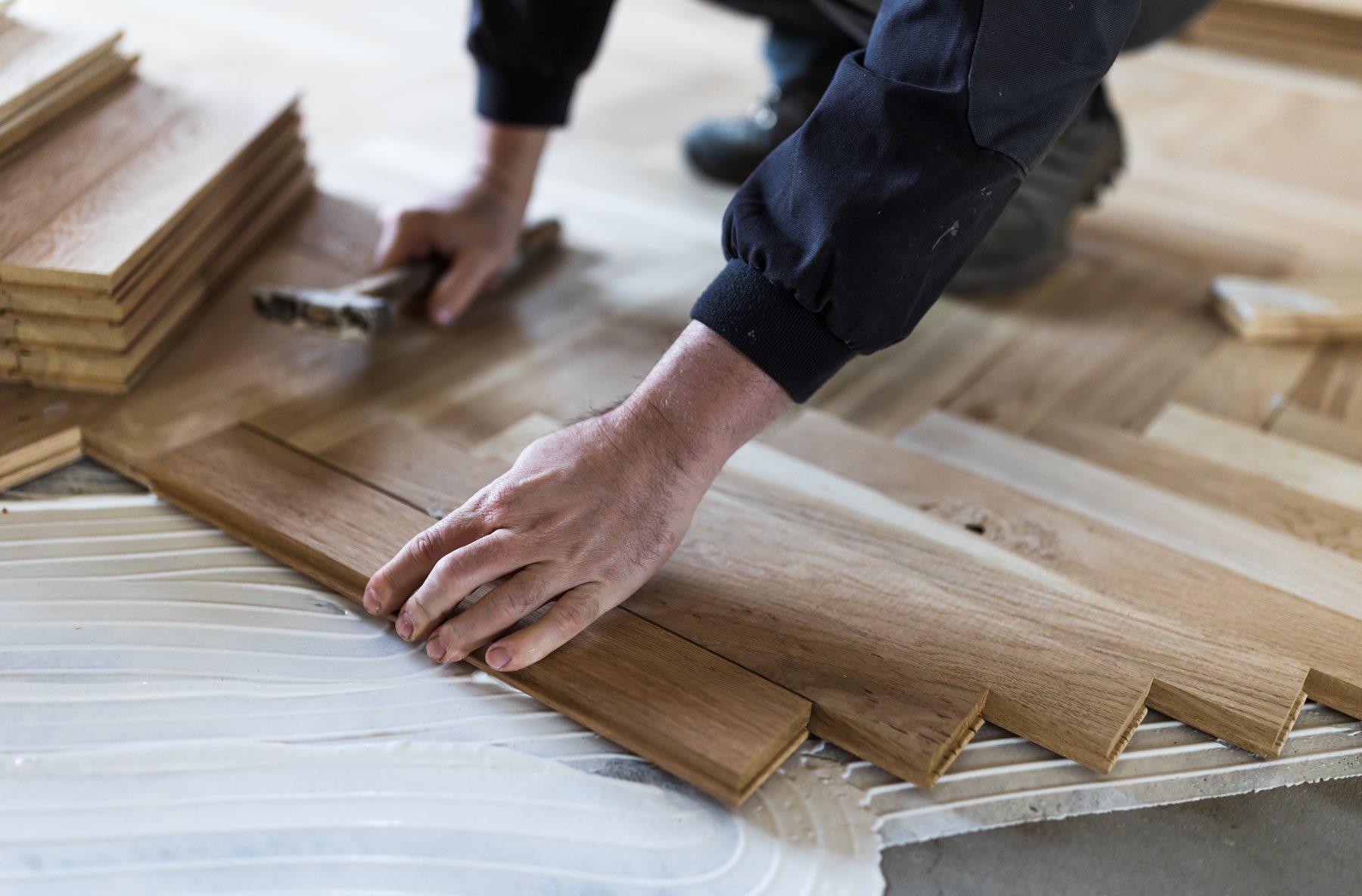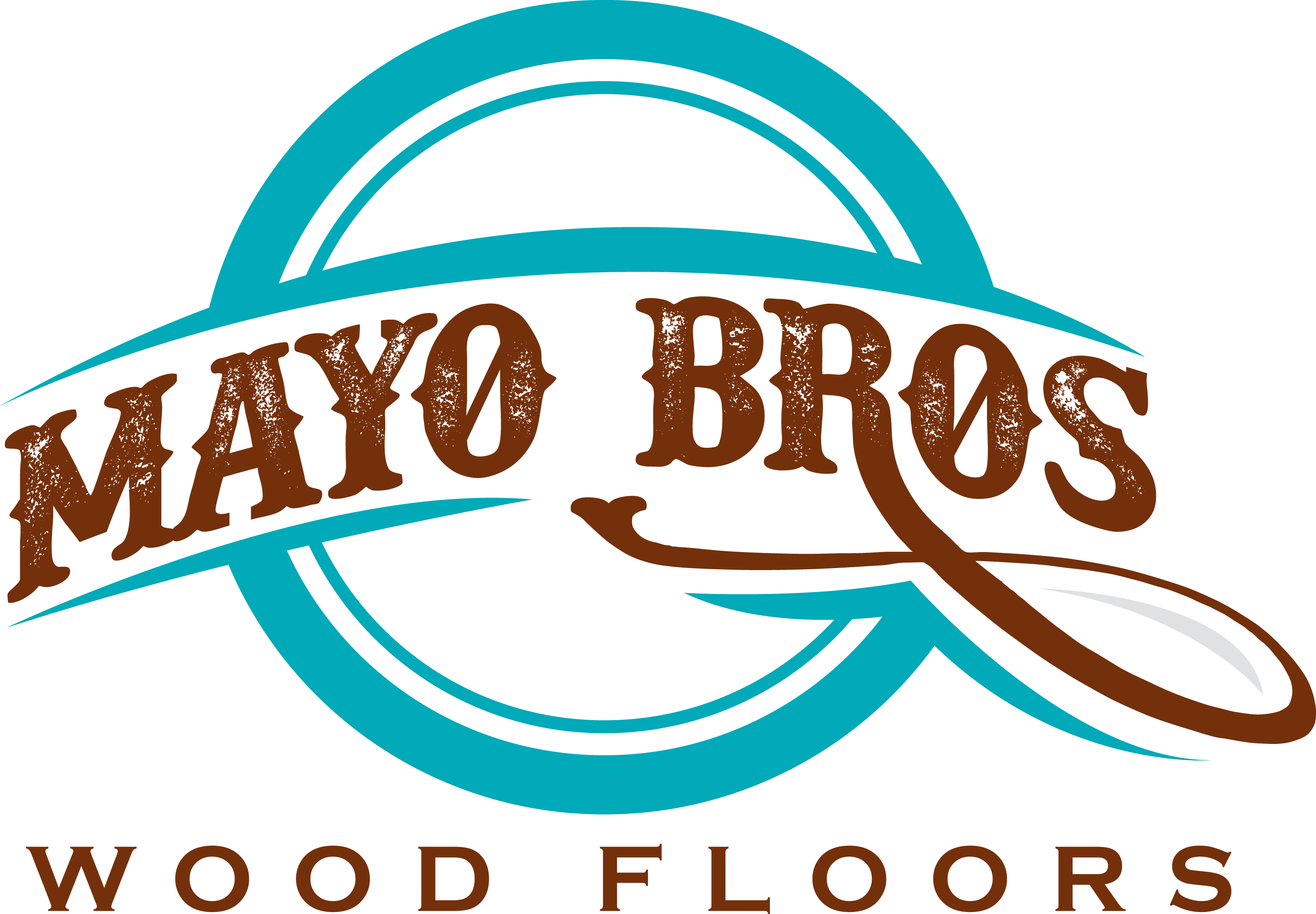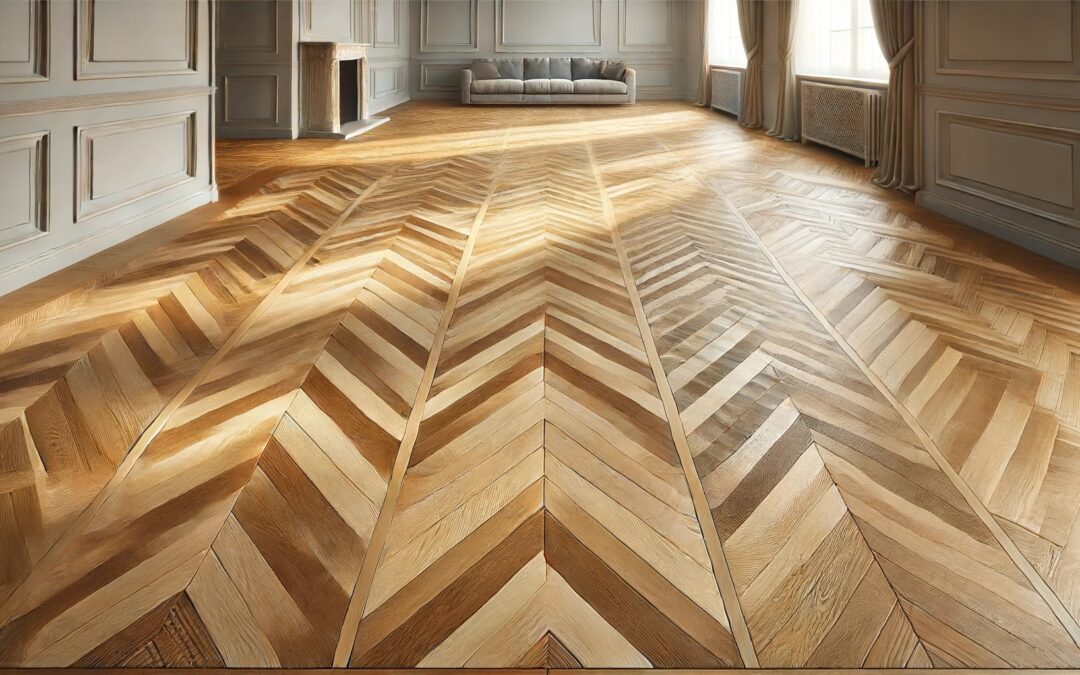Parquet Flooring: A Timeless Choice for Elegant Spaces
Parquet flooring is a classic and elegant choice that adds warmth and character to any space. With its intricate patterns and timeless appeal, parquet flooring has been a favorite among homeowners for centuries. This article delves into the history of parquet flooring, the different types available, the benefits of choosing parquet for your home, factors to consider before installation, and how to maintain its beauty for years to come.
History of Parquet Flooring
Parquet flooring originated in France during the 16th century and gained popularity among European aristocrats. Over time, parquet flooring evolved to incorporate various wood species and intricate patterns, becoming a symbol of luxury and craftsmanship.
Types of Parquet Flooring
Parquet flooring comes in various types, each offering unique benefits and characteristics to suit different needs and preferences. Solid Parquet is made from solid hardwood blocks or strips, typically from species such as oak, walnut, or maple. This type of parquet is known for its durability and the ability to be sanded and refinished multiple times, allowing homeowners to restore its original beauty over the years. The solid wood construction provides a rich, authentic look and feel, making it a popular choice for those seeking a timeless, elegant flooring option.
Engineered Parquet features a hardwood veneer top layer that is bonded to several layers of plywood or fiberboard. This construction provides greater stability and resistance to moisture compared to solid parquet. Engineered parquet is less prone to warping and can be used in areas with fluctuating humidity levels, such as basements or kitchens. Its innovative design allows for a beautiful hardwood appearance while ensuring enhanced durability and ease of installation.
Laminate Parquet is composed of multiple layers of synthetic materials designed to mimic the look of real wood. This type of parquet flooring is highly affordable and easy to maintain, making it an attractive option for budget-conscious homeowners. Laminate parquet offers a variety of patterns and finishes, allowing homeowners to achieve the desired aesthetic without the high cost associated with natural hardwood. Additionally, its robust construction makes it resistant to scratches and stains, ideal for busy households or high-traffic areas.
Each type of parquet flooring brings its own set of advantages, allowing homeowners to choose the option that best fits their specific needs and design preferences. Whether prioritizing authenticity, durability, or affordability, parquet flooring offers a versatile and stylish solution for any space.
Benefits of Parquet Flooring
Parquet flooring offers a range of benefits that make it an attractive choice for homeowners seeking both functionality and aesthetics in their living spaces.
Durability and Longevity are among the most notable advantages of parquet flooring. Crafted from high-quality wood, parquet floors are built to withstand the test of time. Their robust construction ensures that they can endure heavy foot traffic and resist wear and tear, making them a worthwhile investment for any home. With proper care and maintenance, parquet floors can last for decades, maintaining their beauty and structural integrity.
Another significant benefit of parquet flooring is its aesthetic versatility. Available in a wide array of patterns and wood species, parquet floors offer endless design possibilities. Whether you prefer the classic herringbone pattern, the sophisticated chevron, or more intricate designs like basket weave and medallions, parquet flooring can complement any interior style. The natural variations in wood grains and colors add a unique and elegant touch to each space, enhancing the overall visual appeal of your home.
Easy maintenance is another key advantage of parquet flooring. Keeping parquet floors looking their best requires minimal effort. Regular sweeping or vacuuming removes dirt and debris, while occasional mopping with a damp cloth or hardwood floor cleaner keeps the surface clean and polished. This ease of maintenance ensures that your floors remain beautiful with minimal upkeep, saving you time and effort.
In terms of environmental impact, parquet flooring is often considered an eco-friendly choice. Many parquet options are made from sustainably sourced wood, ensuring that the materials are harvested responsibly. Additionally, parquet floors often feature low-VOC (volatile organic compound) finishes, which contribute to healthier indoor air quality. By choosing parquet flooring, you can enjoy a beautiful home while also supporting sustainable practices.
Finally, resale value is an important consideration for homeowners. Parquet flooring can significantly increase the resale value of a home. Its timeless elegance and high-quality craftsmanship make it a desirable feature for potential buyers. Homes with well-maintained parquet floors often attract higher offers, as buyers recognize the long-term benefits and aesthetic appeal of this classic flooring option.
In summary, parquet flooring combines durability, aesthetic versatility, easy maintenance, eco-friendliness, and increased resale value, making it an exceptional choice for homeowners looking to enhance the beauty and functionality of their living spaces.
Factors to Consider Before Installing Parquet Flooring
When considering parquet flooring for your home, it is essential to evaluate several factors to ensure a successful installation and long-term satisfaction.
Room Usage and Foot Traffic are critical considerations. The purpose of the room and the amount of foot traffic it receives will influence the type of parquet flooring you should choose. High-traffic areas such as hallways, living rooms, and kitchens require more durable flooring options to withstand daily wear and tear. In contrast, bedrooms and low-traffic areas can accommodate more delicate patterns and finishes. Assessing the room’s function and traffic will help you select the most appropriate and resilient parquet flooring.
Another important factor is the subfloor condition. Before installing parquet flooring, it is crucial to ensure that the subfloor is level, clean, and dry. An uneven or damp subfloor can lead to issues such as warping, gaps, and squeaks, compromising the integrity and appearance of the flooring. Proper preparation of the subfloor, including leveling and moisture testing, is essential to achieve a smooth and durable parquet installation. Addressing any subfloor imperfections beforehand will prevent future problems and prolong the lifespan of your parquet flooring.
Budget constraints also play a significant role in the decision-making process. Parquet flooring comes in a range of prices depending on the type of wood, pattern complexity, and quality. It is advisable to obtain estimates from multiple providers to find the best option within your budget. Consider both the material and installation costs, and ensure you have a clear understanding of what is included in the quotes. Comparing different options will help you make an informed decision that balances quality and cost-effectiveness.
Lastly, consider underfloor heating compatibility if you plan to use this feature in your home. Not all parquet flooring is suitable for use with underfloor heating systems, so it is important to choose a product that is specifically designed for this purpose. Engineered parquet flooring is generally a better option for underfloor heating due to its stability and resistance to temperature changes. Confirming compatibility will ensure efficient heating performance and prevent potential damage to your parquet flooring.
In conclusion, taking into account the room usage and foot traffic, subfloor condition, budget constraints, and underfloor heating compatibility will help you select the right parquet flooring for your home. Properly evaluating these factors will ensure a successful installation and provide long-lasting beauty and functionality to your living space.

Installation Process and Tips
Successfully installing parquet flooring requires careful planning and attention to detail. Here are some key steps and tips to ensure a seamless installation process.
DIY vs. Professional Installation
While DIY installation of parquet flooring is possible for those with experience and the right tools, professional installation is often recommended to achieve the best results. Professional installers have the expertise to handle complex patterns and ensure that the flooring is laid correctly. They can address any issues that may arise during the installation process, such as uneven subfloors or difficult cuts around obstacles. Investing in professional installation can save time, reduce stress, and ensure a flawless finish that enhances the beauty and longevity of your parquet flooring.
Subfloor Preparation
Proper subfloor preparation is crucial for a successful parquet flooring installation. The subfloor must be level, clean, and dry to prevent any issues with the new flooring. Begin by thoroughly cleaning the subfloor to remove dust, dirt, and debris. Next, check for any uneven areas and use a leveling compound to create a smooth surface. Moisture testing is also essential, as excess moisture can cause the parquet to warp or buckle over time. Addressing these aspects beforehand will provide a solid foundation for the parquet flooring and ensure a long-lasting installation.
Acclimation
Allowing parquet flooring to acclimate to the room’s environment is a vital step in the installation process. Parquet flooring, like all wood products, expands and contracts with changes in temperature and humidity. To minimize the risk of warping or gaps after installation, it is important to let the parquet acclimate in the room where it will be installed. This typically involves placing the parquet planks in the room for at least 48 to 72 hours before installation. During this time, the wood can adjust to the room’s conditions, ensuring a more stable and secure installation.
Expansion Gaps
Leaving adequate expansion gaps around the perimeter of the room is another crucial step in the parquet flooring installation process. Wood naturally expands and contracts with changes in humidity and temperature. To accommodate this natural movement, it is important to leave a small gap between the parquet flooring and the walls or any fixed objects. These expansion gaps prevent the flooring from buckling or creating gaps as it expands and contracts. Typically, a gap of about 1/4 inch (6mm) is recommended, which can be covered with baseboards or molding to maintain a clean, finished appearance.
In summary, following these installation tips—opting for professional installation, ensuring thorough subfloor preparation, allowing for acclimation, and leaving expansion gaps—will help achieve a flawless and long-lasting parquet flooring installation. By paying attention to these details, you can enjoy the timeless elegance and durability of parquet flooring in your home.
Maintenance Tips for Parquet Flooring
Proper maintenance is key to preserving the beauty and longevity of your parquet flooring. By following these tips, you can ensure that your floors remain in excellent condition for years to come.
Regular Cleaning
Keeping parquet flooring clean on a daily basis is essential to maintain its appearance and prevent damage. Regular sweeping, vacuuming, or dust mopping helps to remove dirt, dust, and debris that can scratch the surface. Use a soft-bristled broom or a vacuum cleaner with a hardwood floor attachment to avoid scratching the wood. Consistent cleaning prevents abrasive particles from accumulating and maintains the floor’s natural shine.
Occasional Mopping
In addition to regular cleaning, occasional mopping is necessary for deeper cleaning. Use a damp cloth or a mop specifically designed for hardwood floors, along with a hardwood floor cleaner. Avoid using excessive water, as it can seep into the seams and cause the wood to swell or warp. Instead, wring out the mop thoroughly before use to ensure it is only slightly damp. Clean in the direction of the wood grain to achieve the best results and to keep your parquet floors looking their best.
Preventive Measures
Implementing preventive measures can significantly reduce the risk of damage to your parquet flooring. Place mats at all entrances to catch dirt, moisture, and grit before they reach the floor. This helps to minimize the amount of debris that can scratch or dull the surface. Use furniture pads under the legs of chairs, tables, and other heavy pieces to prevent dents and scratches. Additionally, consider trimming your pets’ nails regularly to avoid scratches from their claws. Rearrange furniture occasionally to prevent uneven wear and fading in specific areas.
By incorporating these maintenance practices into your routine, you can protect your parquet flooring from everyday wear and tear, keeping it in pristine condition. Regular cleaning, occasional mopping, and preventive measures will help you enjoy the timeless beauty of your parquet floors for many years.
Common Problems and Solutions for Parquet Flooring
Despite its durability and elegance, parquet flooring can sometimes encounter issues. Understanding these common problems and their solutions will help you maintain the beauty and integrity of your floors.
Gaps
One common problem with parquet flooring is the appearance of gaps between the tiles. These gaps are often caused by fluctuations in humidity levels, as wood expands and contracts with changes in moisture. To prevent gaps, it’s essential to maintain consistent humidity levels in your home. Using a humidifier during dry seasons can help keep the wood stable and minimize movement. If gaps do appear, a professional can assess the situation and recommend appropriate measures, such as filling the gaps with wood filler or adjusting the humidity levels in the home.
Squeaks
Squeaks in parquet flooring are usually a result of loose or improperly installed tiles. These annoying sounds can disrupt the tranquility of your home. To address squeaks, it is best to consult a professional who can identify the root cause and implement a solution. This might involve securing loose tiles, adding adhesive, or using specialized fasteners designed for hardwood floors. Proper installation and regular maintenance can prevent squeaks from occurring in the first place.
Moisture Damage
Moisture is a significant concern for parquet flooring, as excessive water can cause the wood to warp, swell, or stain. To protect your floors from moisture damage, it’s crucial to clean up spills immediately and avoid using excessive water during cleaning. Instead, use a damp cloth or a mop specifically designed for hardwood floors. In areas prone to moisture, such as kitchens or entryways, consider adding rugs or mats to provide an extra layer of protection. Ensuring proper ventilation and using dehumidifiers in damp areas can also help maintain optimal moisture levels.
By being aware of these common problems and their solutions, you can take proactive steps to protect your parquet flooring. Maintaining consistent humidity levels, addressing squeaks promptly, and preventing moisture damage will help you preserve the elegance and functionality of your floors. With proper care, your parquet flooring can continue to enhance the beauty of your home for many years.
Parquet flooring is a timeless choice for homeowners seeking elegance and sophistication in their living spaces. By understanding the history, types, benefits, installation process, and maintenance requirements of parquet flooring, you can make an informed decision and enjoy its classic charm for years to come.
Parquet Flooring FAQs
- Can parquet flooring be installed over existing flooring?Yes, parquet flooring can typically be installed over existing flooring, depending on factors such as the condition of the subfloor and the type of existing flooring. However, it’s essential to consult with a professional installer to assess the feasibility of this option for your specific situation.
- Is it possible to repair damaged parquet flooring?Yes, damaged parquet flooring can often be repaired through techniques such as sanding, filling, and refinishing. However, the extent of the damage and the type of parquet will determine the best course of action, so it’s advisable to consult with a professional for an assessment.
- How long does parquet flooring installation typically take?The duration of parquet flooring installation depends on factors such as the size of the area, the complexity of the pattern, and the type of parquet being installed. On average, installation can take anywhere from a few days to a couple of weeks.
- What should I do if I notice gaps or squeaks in my parquet flooring after installation?If you notice gaps or squeaks in your parquet flooring after installation, contact your installation professional to assess the issue and determine the appropriate course of action. Depending on the cause of the problem, repairs may be necessary to ensure the integrity and longevity of your parquet floors.
- Can parquet flooring be refinished?Yes, parquet flooring can typically be refinished to restore its original beauty and extend its lifespan. However, the feasibility of refinishing depends on factors such as the thickness of the wear layer and the condition of the parquet, so it’s advisable to consult with a professional for an assessment before proceeding with refinishing.
History of Parquet Flooring
Parquet flooring originated in France during the 16th century and gained popularity among European aristocrats. Over time, parquet flooring evolved to incorporate various wood species and intricate patterns, becoming a symbol of luxury and craftsmanship.
Types of Parquet Flooring
Parquet flooring comes in various types, each offering unique benefits and characteristics:
- Solid Parquet: Durable, can be sanded and refinished multiple times.
- Engineered Parquet: Stable, moisture-resistant, suitable for fluctuating humidity levels.
- Laminate Parquet: Affordable, easy to maintain, and mimics the look of real wood.
Benefits of Parquet Flooring
Parquet flooring offers:
- Durability and Longevity
- Aesthetic Versatility
- Easy Maintenance
- Eco-Friendliness
- Increased Resale Value
Factors to Consider Before Installing Parquet Flooring
Consider the following factors:
- Room Usage and Foot Traffic
- Subfloor Condition
- Budget Constraints
- Underfloor Heating Compatibility
Installation Process and Tips
Key installation tips:
- DIY vs. Professional Installation
- Subfloor Preparation
- Acclimation
- Expansion Gaps
Maintenance Tips for Parquet Flooring
Maintain parquet flooring with:
- Regular Cleaning
- Occasional Mopping
- Preventive Measures
Common Problems and Solutions
Address common issues such as:
- Gaps: Maintain consistent humidity levels.
- Squeaks: Secure loose tiles and ensure proper installation.
- Moisture Damage: Clean up spills immediately and avoid excessive water.

